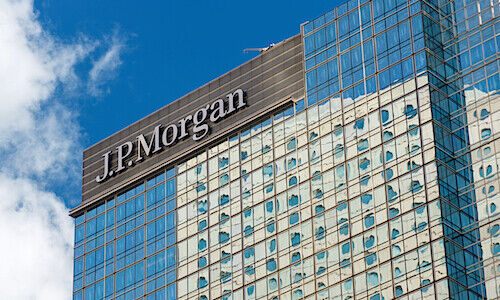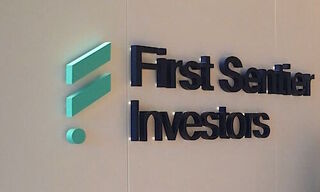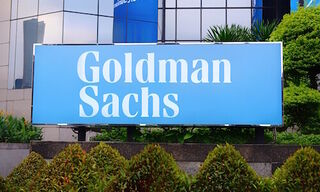Hong Kong and China Running on Empty
The equity markets hang on desperately to any sign of support.
It can’t be a good thing if two of the world’s largest stock markets move up at the faintest sign of support by senior government officials or a never fully substantiated parameter of a widely touted, no-show rescue package.
But these are not normal times. As finews.asia has written about extensively, we are beyond good and bad when it comes to the Hong Kong and China's equity markets. To some, it even probably feels more like we are reaching the event horizon of a singularity.
Slow Motion Crash
That last image is an apt one given that we are at the tail end of a slow-motion market crash that has been four years in the making. It’s probably best and simplest to focus on Hong Kong, as that is the only realistic way that a foreign investor, even a high net worth one, can make direct investments without having to straddle numerous administrative hurdles.
The Hang Seng index fell 13.8 percent in 2023 after declining 15.5 percent in 2022, 14.1 percent in 2021, and 3.4 percent in 2020. Despite this week’s rally, the index is still in the low 16,000s, down well more than half its all-time high of slightly above 33,000 set in 2018.
Halcyon Days
That last single-digit percentage decline almost seems like a golden age echoing back to the halcyon days when investing in the stock market, and property was seen as guaranteed paths to a meaningful level of prosperity for the city’s residents, many of whom work in banking.
As finews.asia indicated then, this, and the decline in apartment prices, is a deep hit to the psyche of the local investor, no matter where the current rally ends up.
Cutting Through the Noise
It is also very hard to cut through the signal-to-noise ratio out there after the call by Premier Li Qiang at the start of the week to steady the ship. Since then, anything pretty much goes.
Right now, according to various sources, prices are being driven by a cut in the reserve ratio which is expected to free up bank liquidity for broader economic use, even though it won’t start coming through until February. In case anyone was mistaken, it wasn’t specifically meant for the equity market.
Further Steps
Earlier in the week, a large and specific rescue package was mooted, although it has since gone pretty quiet on that.
Still, there are likely to be any number of steps in the days to come. The key question is whether anything will change as a result and investors bring back all those euphemistic catchphrases that crop up when equities bear a semblance of normality.
Bubbling Up
Right now, they can't even take comfort in the stuff that seems to start circulating, coincidentally, during market corrections, particularly in the US. About how time in the market is more important than timing the market and which, for some reason, seems to bubble up out of the depths of the internet together with graphs showing how equities always outperform bonds in the long-term (usually never less than a century).
At this point, local investors can easily counter that with an oft-cited quote from Keynes «In the long run we are all dead». Still, there is a larger case to be made for those kinds of sayings – we will only know that the market has bottomed out and returned to some kind of normality when investors start saying things like «the trend is your friend» or «sell in May and go away».























